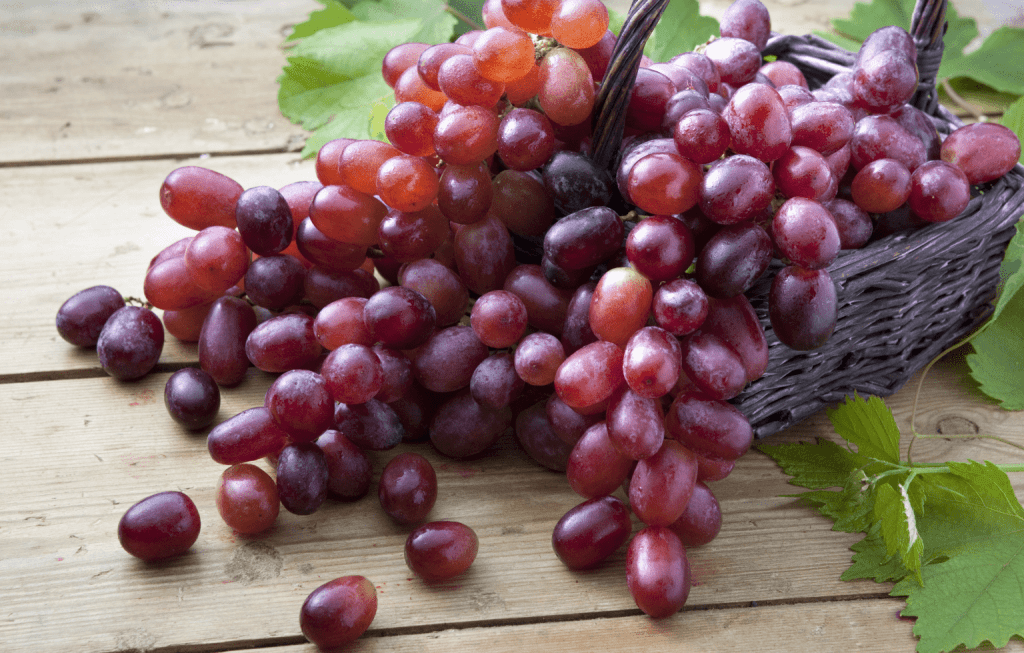Microwaves are a kitchen staple, known for their convenience and speed. They’re perfect for reheating leftovers or quickly cooking meals, but not all foods are suitable for microwave cooking. Some foods can lose their texture, nutritional value, or even become dangerous when microwaved. In this guide, we’ll explore the foods you should avoid microwaving to ensure both your safety and the quality of your meals.

Foods with High Fat Content
High-fat foods, such as bacon and sausages, may seem like a quick fix in the microwave, but they often lead to disappointing results. When these foods are microwaved, the fat tends to heat unevenly, causing splattering inside the appliance. This creates a mess and results in uneven cooking. Additionally, microwaves do not crisp foods the way a stovetop or oven does, leaving you with limp, soggy bacon instead of the desired crispiness.
Better option: Cook high-fat foods on a stovetop or in an oven to ensure even cooking and a better texture.
Eggs in Their Shell
One of the most common mistakes people make is microwaving whole eggs still in their shells. While it might seem like a quick breakfast hack, it can be dangerous. The high heat inside the microwave generates steam within the egg, and because the steam has nowhere to escape, the egg can explode. This not only creates a mess but could also damage your microwave.
Safer option: If you want to cook eggs in the microwave, crack them into a microwave-safe dish and pierce the yolk before cooking. This will allow steam to escape and prevent any explosive mishaps.
Processed Meats
Processed meats like hot dogs, deli meats, or pre-packaged sausages often don’t fare well in the microwave. The microwave can heat these meats unevenly, leading to some parts being overcooked while others remain cold. Additionally, microwaving processed meats can lead to a change in texture, making them tough and rubbery. There’s also the potential for the loss of nutritional value during microwaving, which may diminish the quality of these foods.
Better option: Heat processed meats on a stovetop or in an oven for even cooking and a more appealing texture.
Leafy Greens
Microwaving leafy greens like spinach, kale, or lettuce can cause them to wilt quickly and become soggy. Even worse, some leafy greens contain nitrates, which can convert into harmful substances when exposed to high microwave temperatures. While microwaving small amounts of leafy greens might not pose a serious risk, the texture and flavor will likely suffer.
Healthier alternative: For a better result, sauté leafy greens on the stovetop with a little olive oil. This method retains their nutrients while giving them a more appealing texture.
Certain Fruits

Fruits with high water content, such as grapes, watermelon, and apples, should be avoided when microwaving. The microwave’s heat causes the water inside these fruits to expand rapidly, often leading to them bursting. This can create quite a mess and, in some cases, pose a risk of burns if the fruit explodes while being heated. Additionally, microwaving can leave fruits overly mushy, ruining their natural texture.
Best approach: It’s best to enjoy fruits fresh or use alternative methods like grilling or baking if you want to add heat to your fruit.
Frozen Foods with Breaded Coatings
Frozen foods with breaded coatings, like chicken nuggets or breaded fish, are common microwave candidates, but they rarely turn out well. The microwave’s steam tends to make the breading soggy instead of crispy. Even if the inside of the food heats properly, the exterior loses its crunch, making the meal less appetizing.
Crispier alternative: For breaded frozen foods, using an oven or an air fryer is a much better option. These methods ensure that the breading stays crispy while the inside cooks thoroughly.
Foods in Plastic Containers

It’s tempting to pop leftovers into the microwave without transferring them from the container they’re stored in. However, unless the plastic container is specifically marked as microwave-safe, it’s not a good idea. Some plastics can melt or release harmful chemicals when exposed to microwave heat. These chemicals can leach into your food, potentially posing health risks.
Safer solution: Always transfer food to a microwave-safe glass or ceramic container before reheating. Avoid plastics that aren’t clearly labeled for microwave use.
Aluminum Foil and Metal Objects
While not a food itself, it’s important to mention that aluminum foil or any metal object should never go into the microwave. Metal reflects the microwave’s radiation, which can cause sparks, fires, or damage to the appliance. Even small amounts of metal, such as the foil on a sandwich wrap or a forgotten fork, can lead to hazardous situations.
What to do instead: Always remove any metal wrappings or utensils before microwaving your food. If you need to cover the food, use microwave-safe covers or parchment paper.
Raw Potatoes

Although it might seem harmless, microwaving raw potatoes can sometimes be risky if not done correctly. Potatoes have a dense interior, and if they’re not pricked with a fork before microwaving, steam can build up inside, potentially causing the potato to explode. Additionally, microwaving a potato unevenly may leave some parts undercooked.
Safer preparation: Always prick potatoes with a fork several times before microwaving, or consider baking them in an oven for more consistent results.
Conclusion: Keep Your Microwave Safe and Effective
While microwaves are incredibly convenient, not all foods should be heated using this appliance. By avoiding high-fat foods, eggs in their shell, processed meats, and plastic containers, you’ll ensure better taste, texture, and safety when using your microwave. For certain foods like breaded frozen items or leafy greens, alternative cooking methods such as ovens, stovetops, or air fryers will yield much better results.
Knowing which foods to avoid microwaving can help you preserve the quality of your meals while keeping your kitchen safe. With these tips, you’ll be able to make the most out of your microwave without compromising on flavor or safety.


